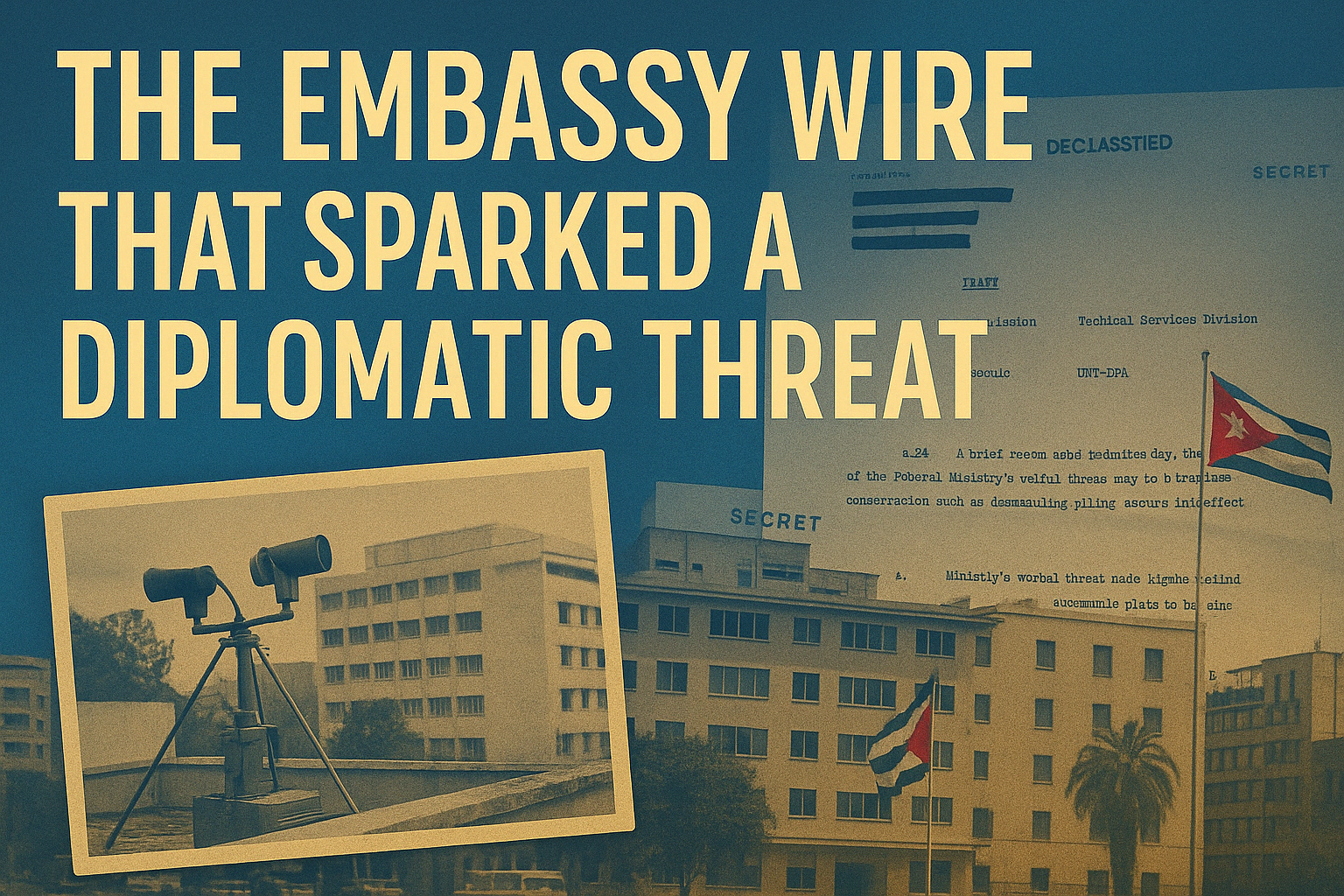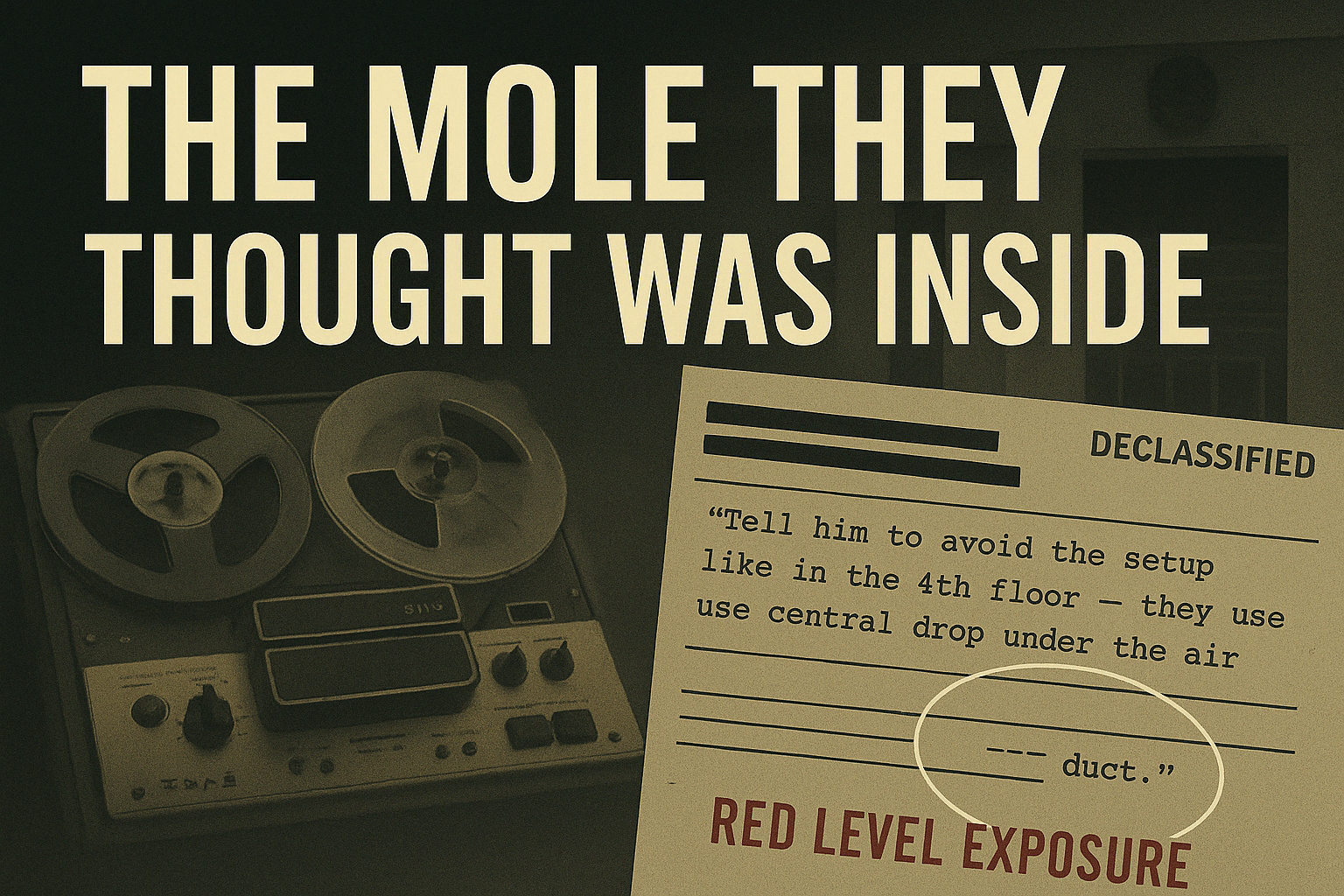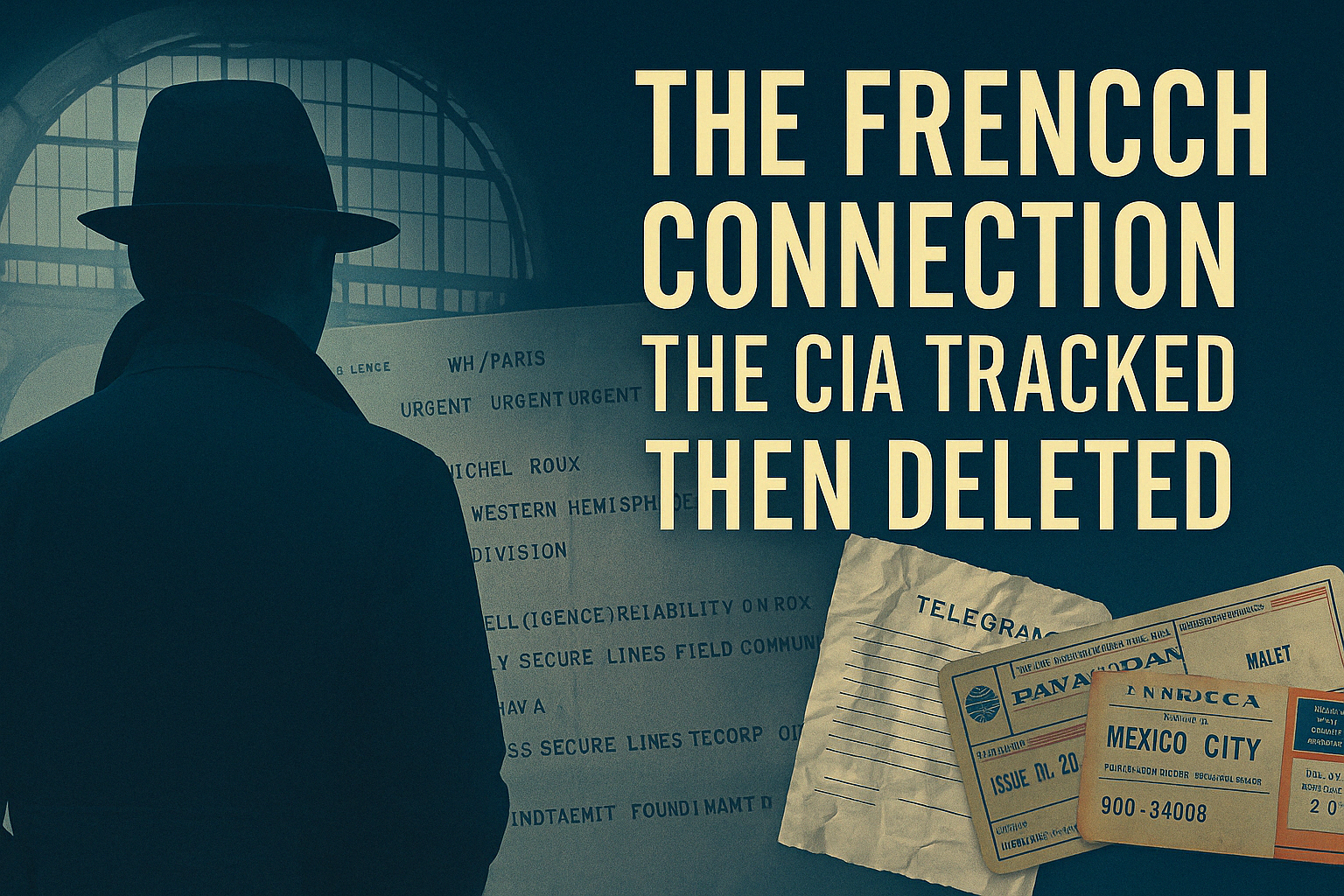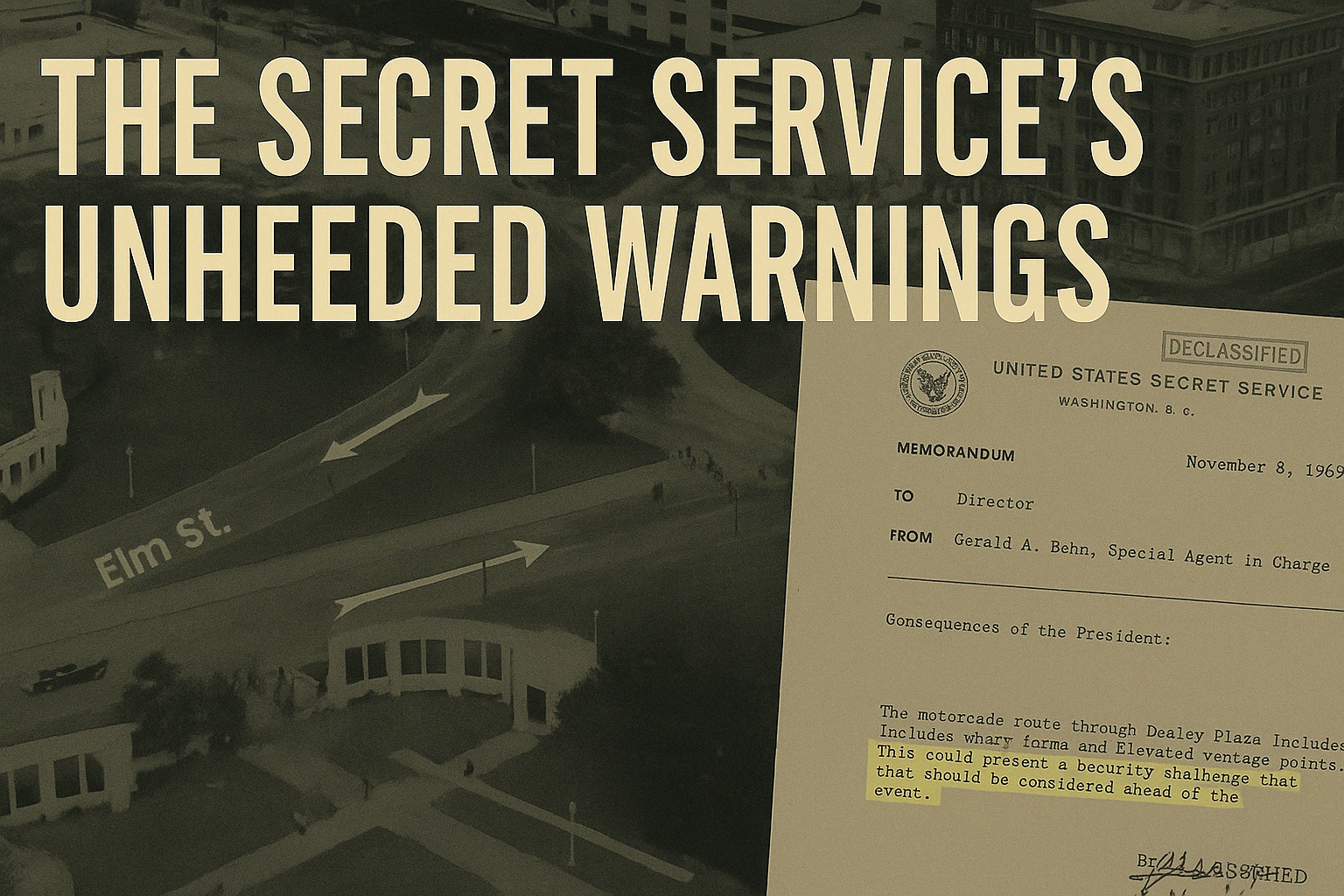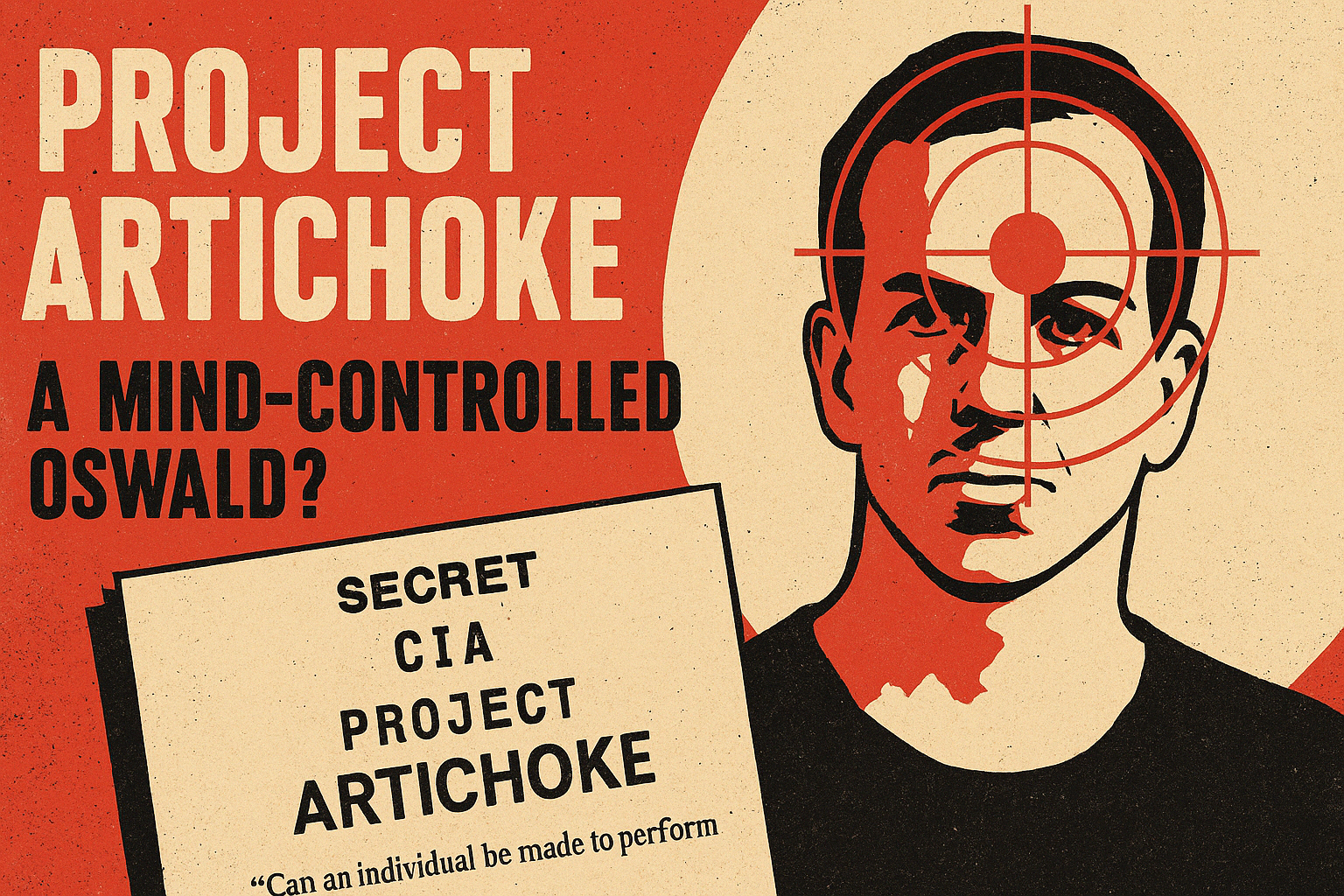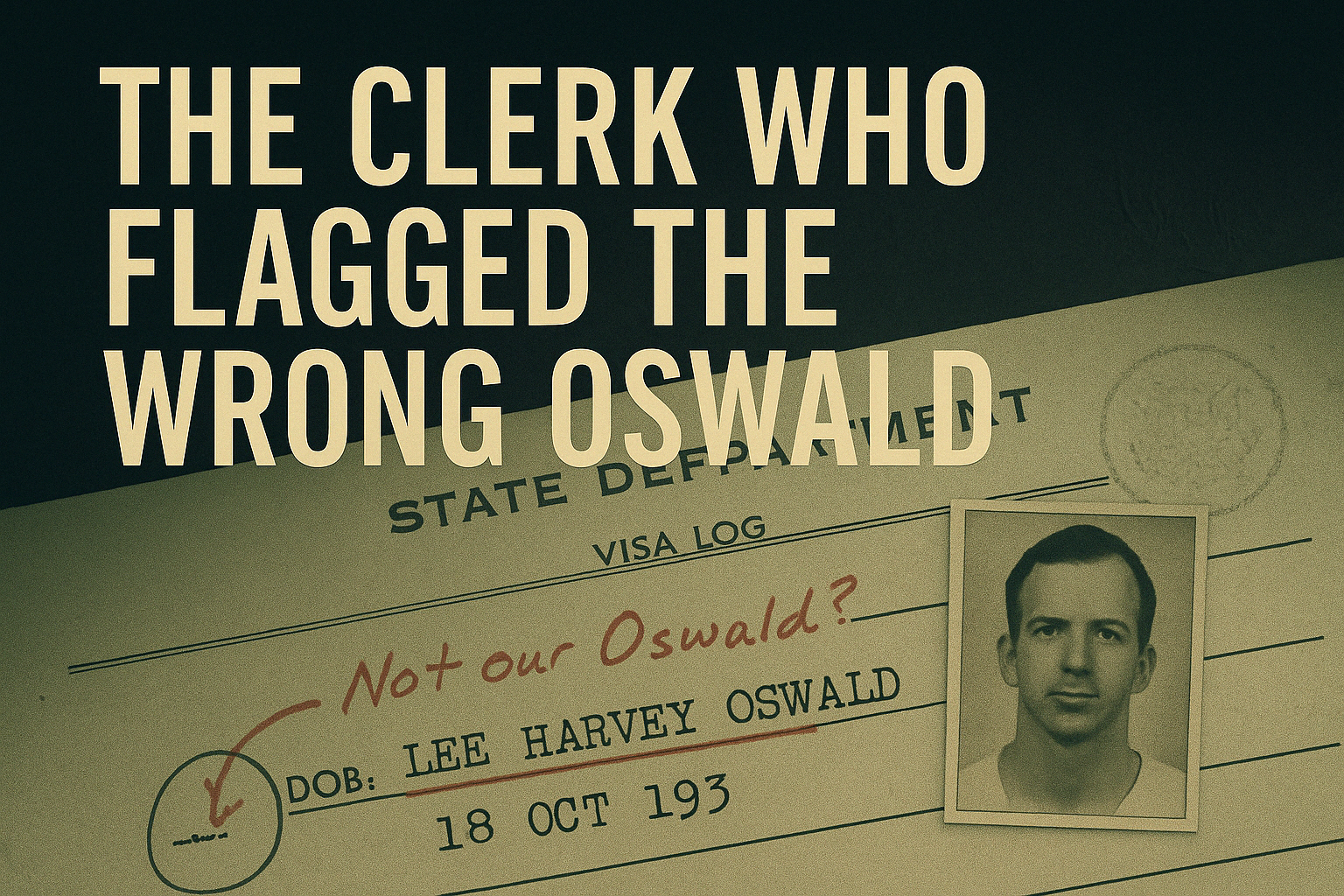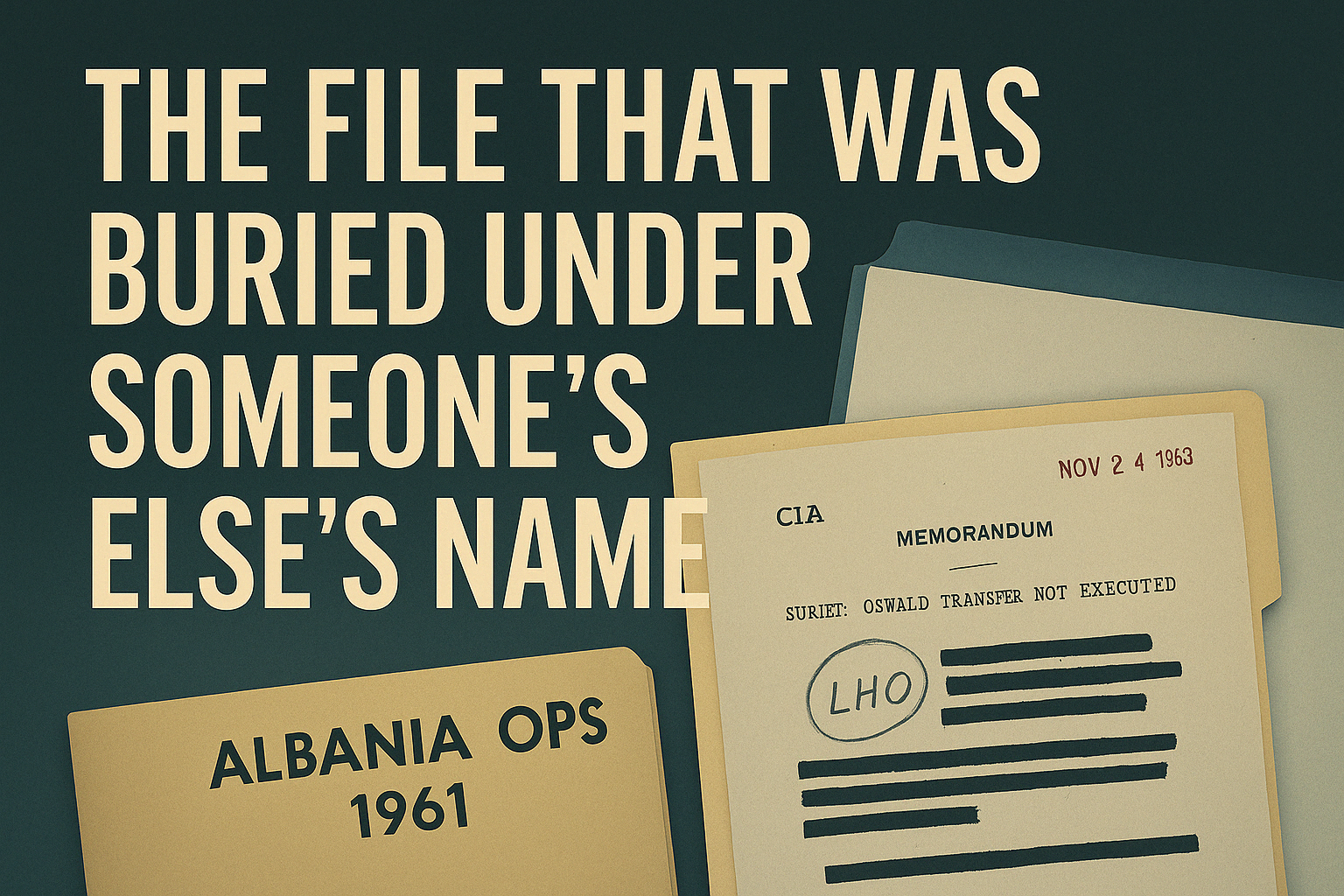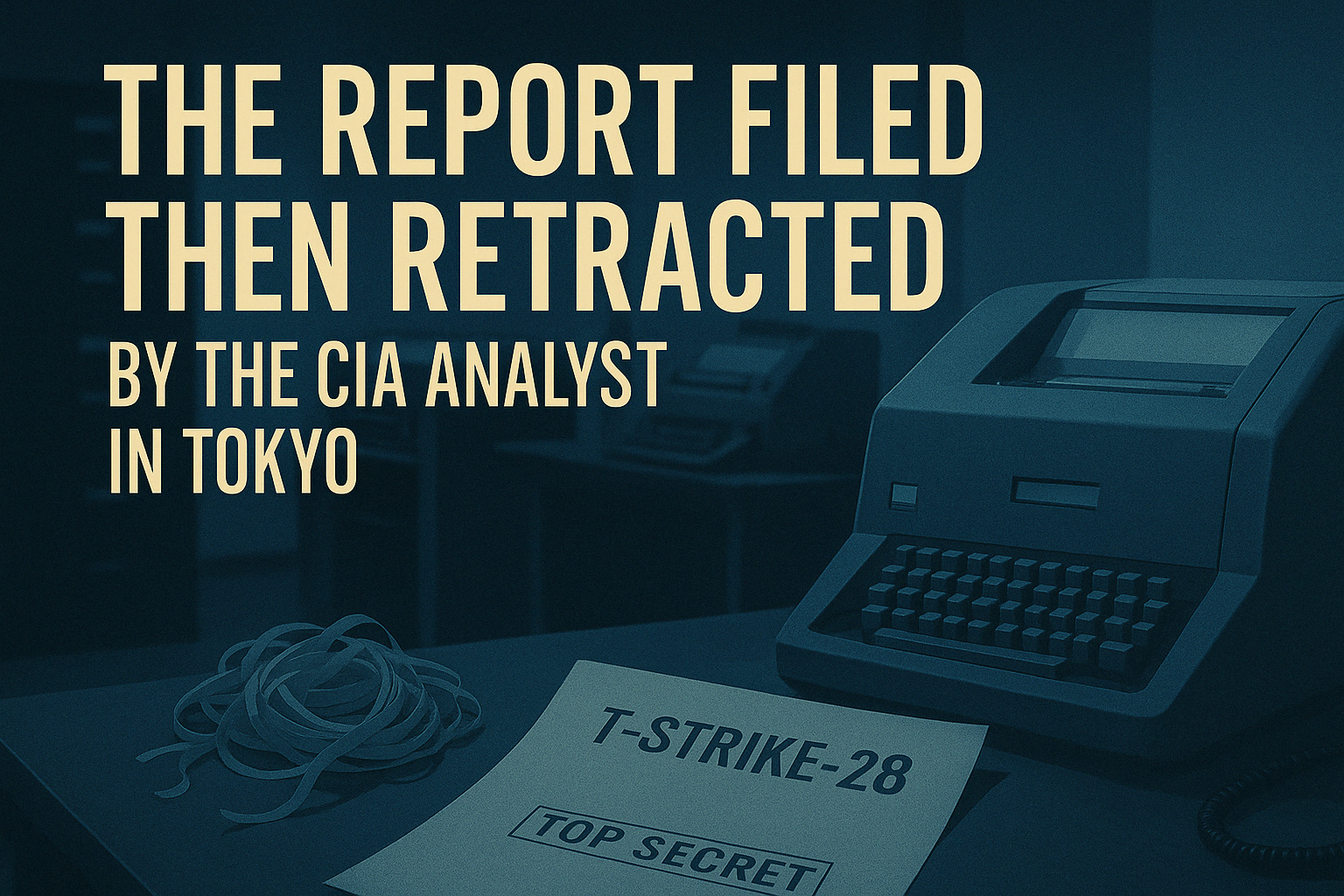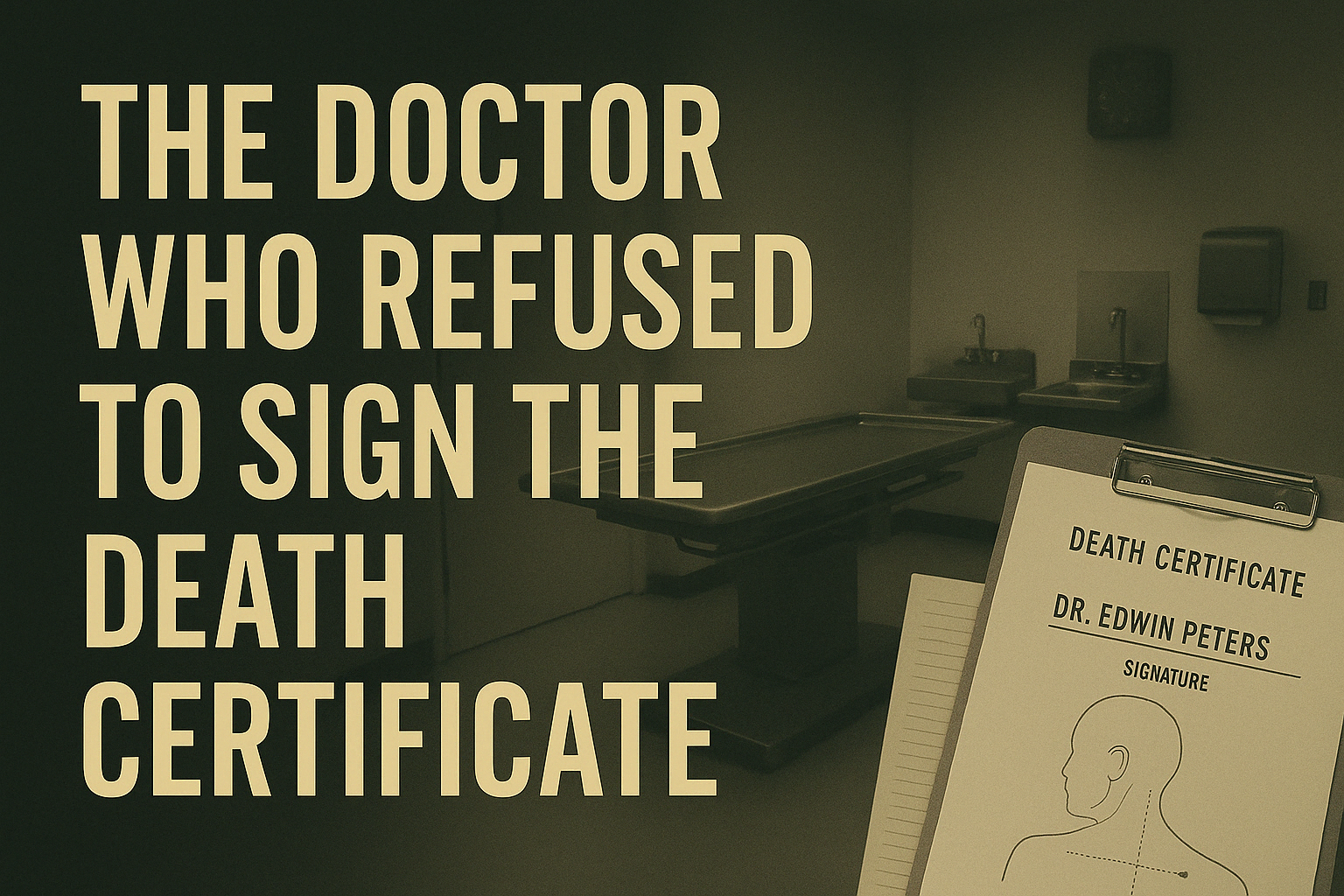The 2025 release of document 206-10001-10013 details an internal CIA memo from December 1963 referencing a little-known confrontation between U.S. intelligence officers and the Mexican Foreign Ministry.
The incident?
An unsanctioned listening post set up near the Cuban Embassy in Mexico City - and the Mexican government wanted it gone, fast.
🎧 A Listening Post That Wasn’t Supposed To Be There
The memo describes a “temporary field intercept array” established by CIA Technical Services personnel across the street from the Cuban diplomatic compound in Mexico City.
Though the station had been active since mid-1962, the installation in question had apparently been expanded without prior Mexican consent, prompting a “verbal threat of expulsion” from senior officials in the Mexican government.
From the memo:
“The expansion of intercept activity on Calle de Tacuba has exceeded the tolerance threshold of the Foreign Ministry.”
“Verbal threat made to withdraw cooperation on all current joint operations unless dismantling occurs immediately.”
🕵️♂️ Surveillance And Denial
The intercept station was part of a broader CIA effort - often referred to in other documents as LIENVOY - which targeted Soviet and Cuban embassy phone traffic.
What made this particular installation different?
“Station included non-licensed directional mics on upper floor of adjacent structure leased under diplomatic cover,” the memo says.
In other words, it wasn’t just passive listening - it was on Mexican soil, under a false front, without host country approval.
📉 Fallout After November 22
The timing is critical: the complaint from the Mexican government came just two weeks after JFK’s assassination.
It’s clear from the document that Mexico believed the surveillance site - which included recordings of Cuban embassy traffic in the days before the shooting - had contributed to a rising diplomatic liability.
One cable from CIA’s Mexico City station reads:
“Ministry requests assurance that any connection between the technical site and recent U.S. inquiries into Cuban movements be disavowed publicly if pressed.”
Translation: they didn’t want to be caught helping the U.S. spy on Cubans during an assassination investigation that was already explosive.
🛑 The CIA Response: Dismantle It Quietly
According to the document, CIA HQ advised the Mexico City station to:
- Begin a phased withdrawal of the listening post
- Terminate the lease under the cover firm
- “Relocate key assets to rooftop array at Station proper”
No public acknowledgment was made.
No press release.
And the only documentation, until now, was this memo.
🧩 Why This Matters
This was not about routine Cold War espionage.
This was about a foreign government threatening to pull intelligence cooperation because of CIA surveillance linked directly to the JFK timeline.
And what’s most telling?
They did it after the assassination.
They knew something.
🧨 Mexico Helped The CIA Spy - Then Tried To Pull Out
The CIA had built a surveillance net so close to the Cuban Embassy that it risked cratering diplomatic relations with one of America’s most critical allies in Latin America.
And in 1963, Mexico wanted out.
